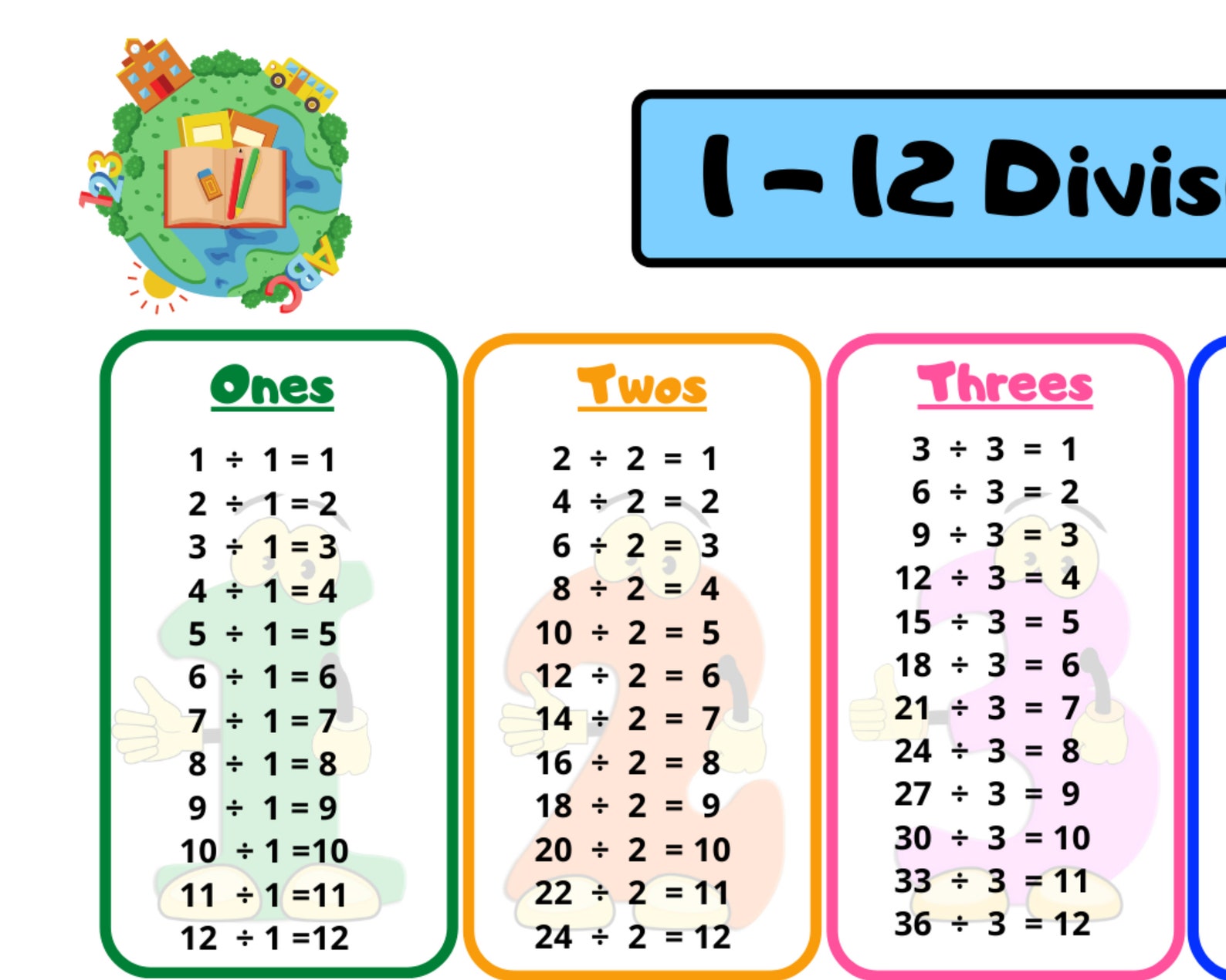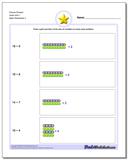


The area adjacent to the paint booth should only have that spray of fine droplets in the air if, say, the exhaust hood of the paint booth failed, or if an operator inadvertently sprayed paint outside the booth, etc…any event or condition that’s possible, but not likely – hence, that would be Div 2. A good example of the difference here might be a paint booth: inside a paint booth, normal operation is DEFINED as volatile liquid (paint) being discharged into the atmosphere in a spray of fine droplets – hence, that would be Class I, Div 1. “Div 1” means that these ignitable elements can exist during normal operations, as opposed to “Div 2” which means it’s possible, but not likely. Now, not every single square foot of such areas have ignitable elements in the atmosphere all the time Class I just means they can have them. “Class I” simply means that ignitable concentrations of flammable gases, vapors, or airborne liquids can exist under normal operating conditions. Today, we’re going to learn about Class I, Div 1, and the Groups that EXAIR HazLoc Cabinet Cooler Systems are designed for use in. There are three Classes, each with two Divisions, and a number of Groups that may apply to each of those Divisions. The National Electric Cod (NEC) has a system to delineate areas by Class, Division, and Group, based on the specific nature of the hazard. There are a number of hazards to be considered when using electrical equipment in areas where flammable, combustible, or explosive elements do (or might) exist.


 0 kommentar(er)
0 kommentar(er)
